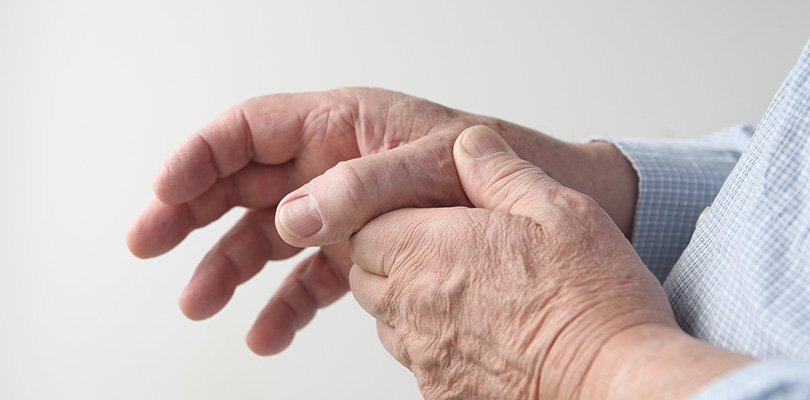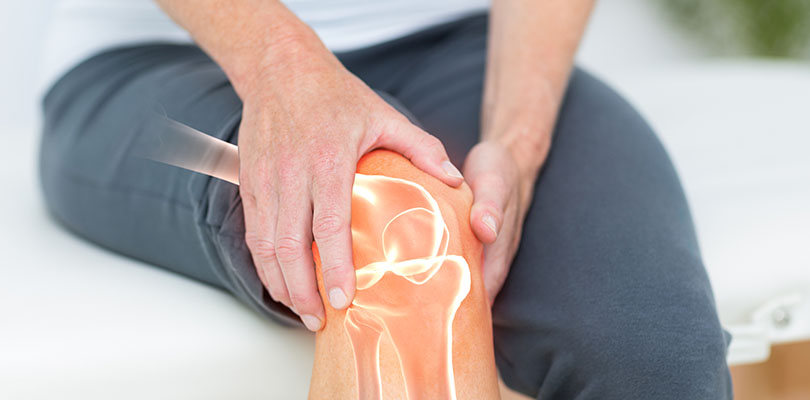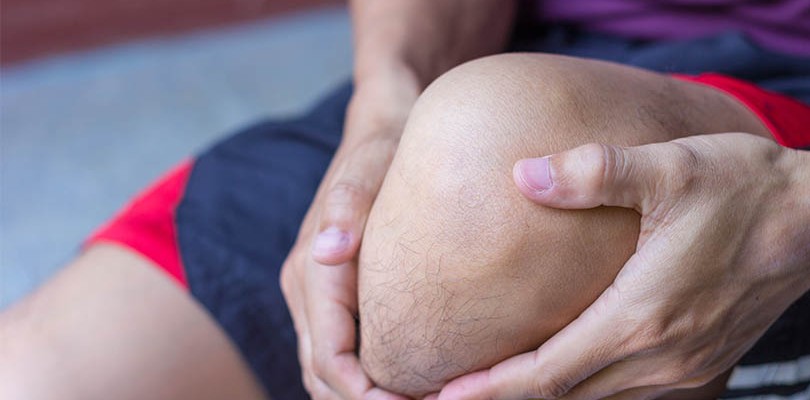
Photo Credit: Suphaksorn Thongwongboot / Shutterstock.com
Symptoms of Osteoarthritis
Osteoarthritis (OA) is one of the most prevalent conditions in people over the age of 50, but it can go on without a trace for quite a while. Joints breakdown gradually, and the first signs of the condition aren’t necessarily what you would expect.
Changes can begin in the hands, neck, back, knees or hips, and can come in variety of ways, so you may not know that your joints are giving out before it’s too late. Luckily, knowing the early warning signs can give you an advantage – early detection can save you pain, frustration, and intrusive surgery down the road.
1. Knee Pain
A group of Canadian researchers have found that knee pain could be an early indicator of osteoarthritis. After examining x-rays and MRI scans of 255 people aged 40 to 79 years old who had knee pain, they found that half of them had signs of cartilage damage (evident on the MRI scans) that suggested OA was right around the corner. Another 38% of patients had x-ray results that showed the telltale wear and tear.
Ultimately, the message is that knee pain should never be ignored, especially if you have other risk factors for OA, such as abnormal gait, advanced age, or a particularly active lifestyle -- the study showed those who played sports regularly after age 20 were 35% more likely to develop OA.

Photo Credit: g-stockstudio / Shutterstock.com
2. Pain Brought on by Activity
Aches and pains are different for every patient, and sometimes problems in the joints progress without causing much discomfort at all. In fact, only about one third of OA patients actually feel pain before they’ve been diagnosed with an x ray.
However, the pattern of pain (when pain is present), can indicate what sort of health issue is at play: in OA, pain is usually brought on and aggravated by activity, but will settle down with rest. Balancing activity with rest is crucial – but challenging – component of managing OA.
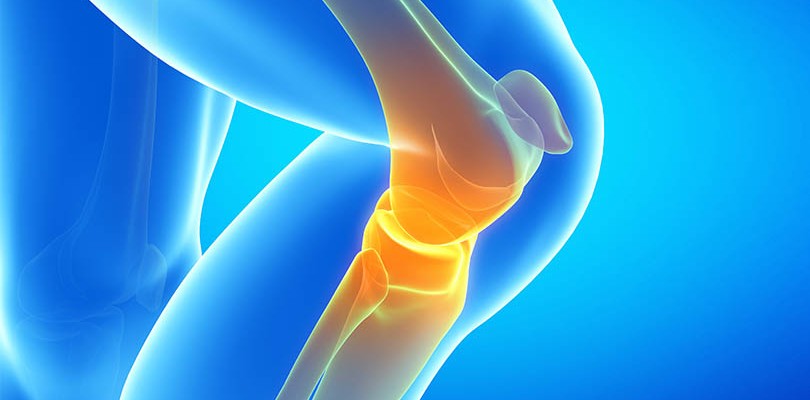
Photo Credit: Sebastian Kaulitzki / Shutterstock.com
3. Bone Spurs
A healthy joint is the meeting point of two bones, each capped with cartilage and cushioned with synovial fluid. When the cartilage at the ends of the bones begins to wear away – as is the case with OA – bone may begin to grow out into the spaces between and around the bones.
These bits of excess bone, called bone spurs, tend to protrude and distort the joint. In hands affected with severe osteoarthritis, the knuckles can begin to bulge and twist, eventually leading to permanent deformity. Bone spurs can occur elsewhere on the body, too, so any hard lumps around your joints are cause for suspicion.

Photo Credit: Alice Day / Shutterstock.com
4. Cracking Joints
The technical term is “crepitus”, but whatever you call the crunching, crackling sound, it spells trouble for your joints. This is another consequence of deteriorating cartilage, when the tips of the bones begin to rub against each other.
It’s an unpleasant sound, and can be pretty painful, but even if you’re not particularly bothered by the cracks and crunches, you should get it checked out. Your body can’t regrow lost cartilage, but there is an option to surgically deposit more cartilage in the damaged joint. In some cases, joint replacement must be considered.
Is arthritis hereditary? Here you will learn about the connection between this disease and genetics. You will also learn about early symptoms in children.

Photo Credit: Peerayot / Shutterstock.com
5. Swelling
Each joint has a pocket of fluid, a small amount of natural lubricant to help the bones and cartilage move easily and comfortably. In OA, the surrounding soft tissues begin to produce more of this synovial fluid, until the small space is very full, and rather than lubricating the different parts, the joint swells, which hampers movement.
If you notice your joints are swollen, you should visit your doctor to test for arthritis; swelling without pain is indicative of OA, but if there’s redness and warmth, it could point to rheumatoid arthritis.
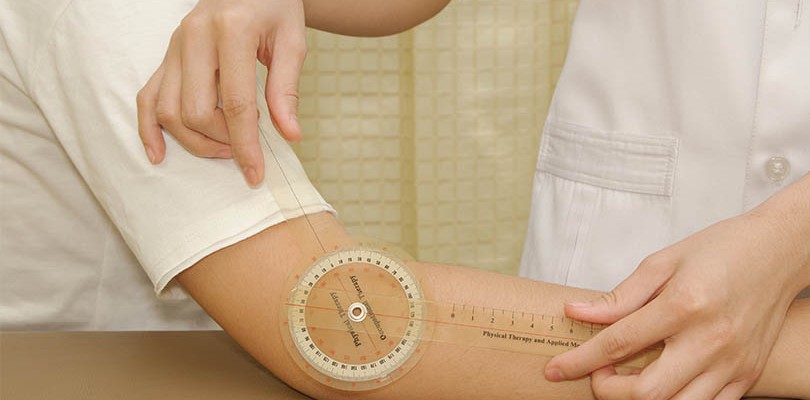
Photo Credit: Praisaeng / Shutterstock.com
6. Reduced Range of Motion
If you find that lifting your knees, standing up, or twisting around is becoming more difficult, your body may be telling you something. Your range of motion – or, how far and how easily you can move your extremities – is an important marker of joint health, and a noticeable decline can indicate a chronic issue like OA.
The knees and the hips are often the first sites to suffer, though eventually you may find it difficult to move your shoulders and spine, too. Decreased range of motion is typically tied to other symptoms like morning stiffness and creaking in the joints.
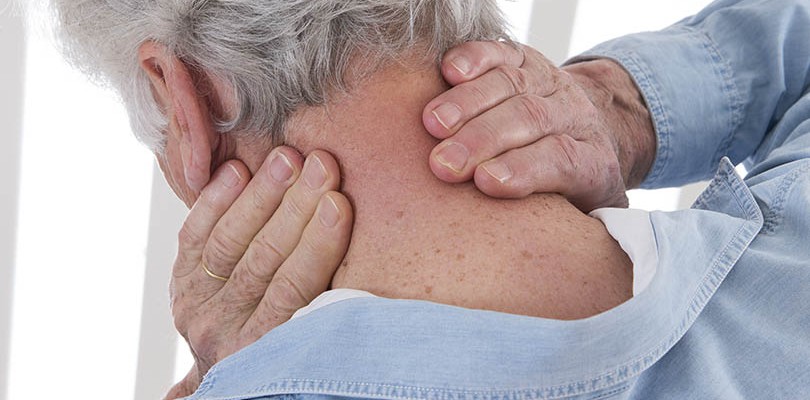
Photo Credit: JPC-PROD / Shutterstock.com
7. Morning Stiffness
Are your limbs feeling heavy and your joints feeling stiff when you get out of bed? This is morning stiffness, and it comes with a variety of joint and muscle issues, including OA. It may take several minutes to move your body enough to stand comfortably, and though it’s most pronounced as soon as you wake up from a long rest, any inactive posture (sitting in a chair, for example) can leave you with stiff and sore joints, especially in the hips, knees and spine.
Luckily, the stiffness should begin to dissipate with gentle muscle movement, and regular exercise will keep the problem at bay.

Photo Credit: michaeljung / Shutterstock.com
8. Muscle Weakness
Experts suspect that muscle weakness can actually be a contributing factor in OA development, but it’s definitely among the set of OA symptoms. Regular daily activity may begin to take more effort, and you might find that your limbs feel heavier.
Naturally, you’ll be tempted to walk more slowly and move less in general when your muscles aren’t cooperating, but that can make things a lot worse. Since strong muscles protect your joints, strengthening exercises, balance-building postures, agility training, and aerobic activity should all have a place in your weekly routine.
If you suspect you might have joint issues, don’t wait until they get worse. Osteoarthritis can progress quickly, and the damage can be devastating. Early treatment can mean the difference between a bit of daily discomfort and permanent disability, and in some cases, it can stop the disease in its tracks. Talk to your doctor about your concerns, and they will be able to conduct the right tests and get treatment underway.
Read more about osteoarthritis symptoms over at NewLifeOutlook.
When rheumatoid arthritis affects your hands and fingers, even the simplest of tasks become challenging. Learn rheumatoid arthritis in the hands here.


